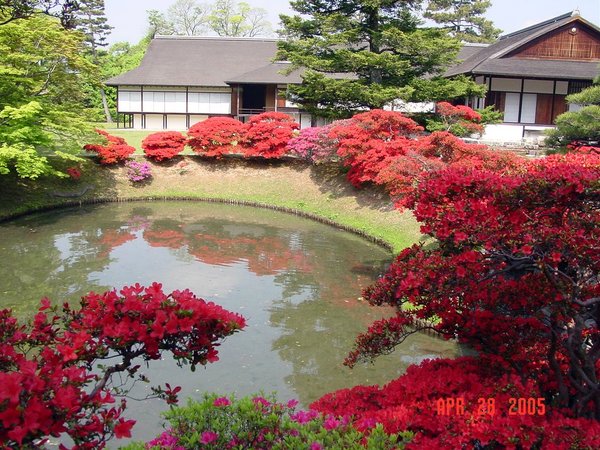
As an architect, I am frequently asked to describe what makes a space feel comforting, inviting, warm or serene.
Is it the materials, the lighting, the overall volume of the space? While these design elements can contribute, most often it is the use of the horizontal line.
Going to the beach or lake is the perfect place to test this theory, as the horizon line between water and sky allows a place for the eye to rest and focus without interruption. It is both calming and soothing, thus we return again and again to experience this effect.
Such is the case with architecture. And no culture understands this better than that of Japan. The use of the horizontal line in Japanese buildings is key to understanding the further development of their gardens and interiors in this unique civilization, informed greatly by their Shinto and Buddhist religions.
There are legions of applicable examples, particularly in Kyoto, but the great 17th-century princely retreat of Katsura is widely recognized as the epitome of beauty and restraint in Japanese architecture. Each element of the complex of buildings, pavilions, ponds, gardens and bridges carry the theme of horizontality to extraordinary results. Roof and porch edges, wide Shoji screens with their long plaster lintels, even the roof shakes in long overlapping thin wood strips all emphasize the horizontal.
These concepts reached our shores through the remarkable woodblock prints of Utagawa Hiroshige and Katsushika Hokusai. And no one took to the ideas represented in these extraordinary images, with their cobalt blue bordering on black horizon lines, more than Frank Lloyd Wright.
A self admitted Japanophile, Wright started incorporating the horizontal line in his early work in Chicago and never stopped exploring its enticing opportunities. The aesthetic and technical evolution of this genre in his work reached its zenith at Fallingwater in Pennsylvania in 1939, where every building element—no matter how seemingly insignificant—took horizontality to new extremes. As such, this building so noted for its drama and engineering exuberance is exceedingly tranquil and serene, even with the sound of water often thundering below.
Every view in or out of Fallingwater is framed by layer after layer of horizontal elements; be they the stonework, window mullions, shelving, furnishings or roof planes. Even the cork on the bathroom walls is laid, Katsura-style, in a horizontal grid.
One can cite many other notable examples where tranquility reigns. Take for example, Mies van der Rohe’s modernist masterpiece, The Barcelona Pavilion (1929), which has influenced architecture for 80 years. And stretched horizontality—literally—to new lengths.
Speaking of which, given what is emerging in the fields of Water Mill in the form of the new Parrish Art Museum, we won’t have to look very far to see a prime example of the use of the horizontal line in architecture. The new Herzog & de Meuron building appears to have all the elements described above in process, including a long roof edge, a linear veranda with a long, low bench facing an open field, and large window planes not unlike the Shoji screens at Katsura. I expect to experience a serene, tranquil and calming environment for reflection, enlightenment, study and pause—even with the crawl and hum of traffic in the distance. One can hardly wait.
Next time: the perfect village.